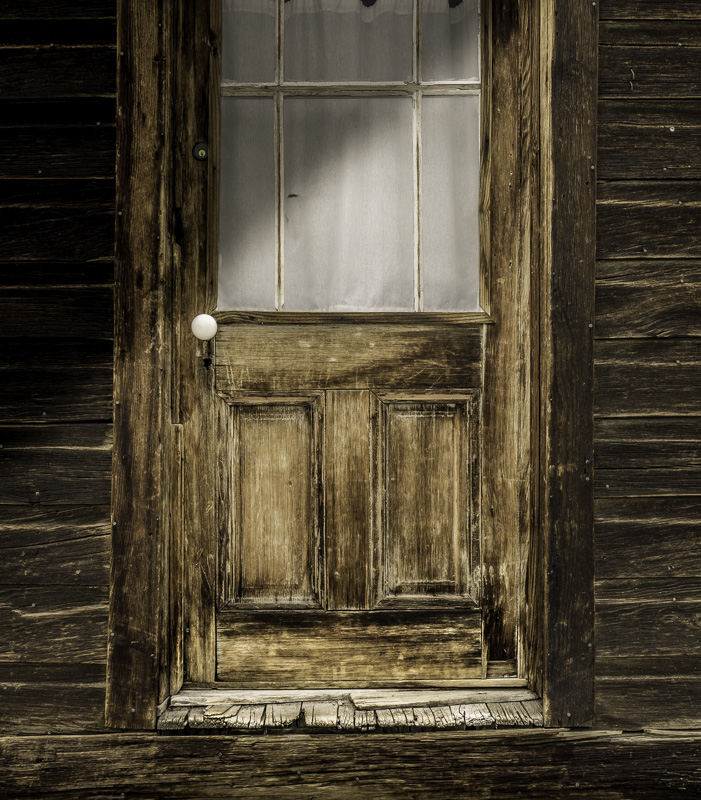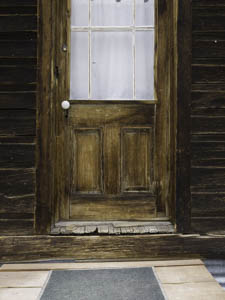Every Picture Is a Compromise
Lessons from the Also-rans
Most photography websites show the photographer's very best work. Wonderful. But that's not the full story of a creative life. If we want to learn, we'd better pay attention to the images that aren't "greatest hits" and see what lessons they have to offer. Every picture is a compromise — the sum of its parts, optical, technical, visual, emotional, and even cosmic – well, maybe not cosmic, but sometimes spiritual. Success on all fronts is rare. It's ok to learn from those that are not our best.
This is a series about my also-rans, some of which I've been able to improve at bit (i.e., "best effort"), none of which I would consider my best. With each there are lessons worth sharing, so I will.
Original digital captureWhat I saw that I liked:In the above, I saw that diagonal shadow and it just makes the picture. What I don't like in the picture:In the door at left, there wass no shadow. Below is the raw capture without any processing — and no shadow.
What I learned:But I remembered how lovely that diagonal shadow was in the picture from China, so I decided to just insert a fake shadow on the door image. See left. My friend Huntington Witherill calls this "orchestrating the light." I might be hesitant to do this in a documentary photograph, but doing and little "light painting" — or more accurately "shadow painting" — is ok in my thinking as long as it's artwork. So, with shadow it is. |



